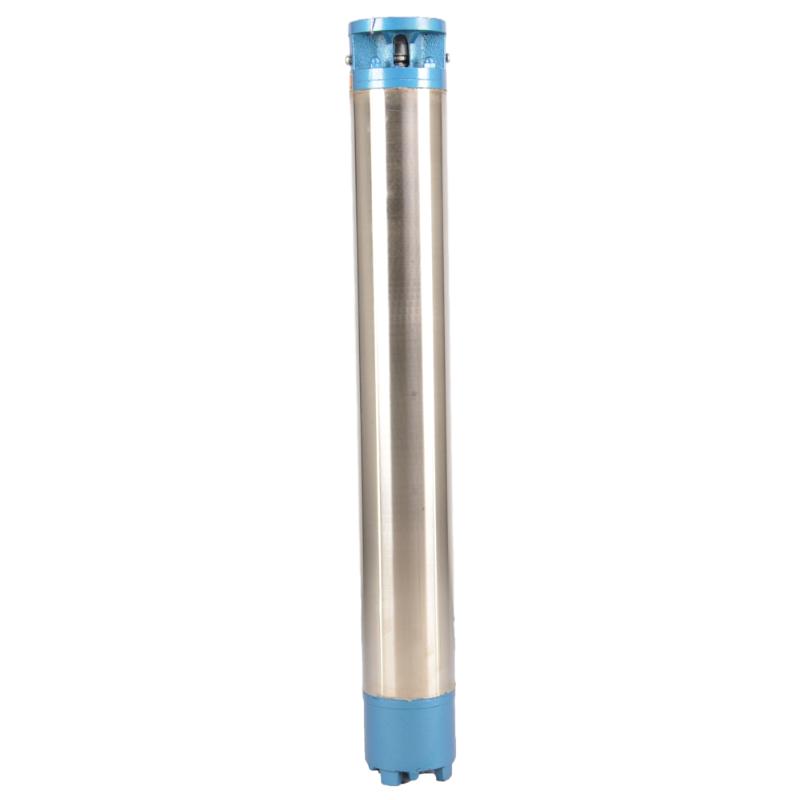Jul . 26, 2024 15:31 Back to list
Efficient operation and application of water filled submersible pumps in various industries and environments
Understanding Water-Filled Submersible Pumps Efficiency in Fluid Management
Water-filled submersible pumps have become an essential tool in various industries due to their efficiency, durability, and versatility. These pumps are designed to operate while completely submerged in water, making them ideal for applications ranging from agriculture to construction, and municipal water systems to sewage management.
The Mechanism Behind Submersible Pumps
A water-filled submersible pump operates by converting electrical energy into mechanical energy, allowing it to move water from lower to higher ground. The pump is typically housed in a hermetically sealed motor that is filled with water, which facilitates cooling and lubrication. This water-filled design ensures that the motor stays cool during operation, enhancing the pump's efficiency and lifespan.
When the pump is activated, it uses an impeller or rotor to create a hydraulic pressure difference, propelling water upwards through the discharge pipe. Because the motor is situated beneath the water surface, submersible pumps do not rely on suction to draw water, which allows them to handle higher volumes of water and operate in environments where surface pumps would struggle.
Advantages of Water-Filled Submersible Pumps
1. Efficiency Water-filled submersible pumps are highly efficient, often leading to lower operational costs. The use of water for cooling minimizes energy losses and ensures optimal performance.
2. Durability Constructed to withstand harsh conditions, these pumps are often made from corrosion-resistant materials, suitable for a wide range of environments, including freshwater and saltwater applications.
water filled submersible pump

4. Space-Saving Submersible pumps do not require additional space for a motor housing above the water surface. This design is especially advantageous in situations where space is limited.
5. Versatility These pumps can be used in various settings, including fountains, irrigation systems, aquariums, dewatering applications on construction sites, and in numerous industrial processes.
Applications
Water-filled submersible pumps find applications across many sectors. In agriculture, they are used for irrigation, helping to manage water resources efficiently. In construction, these pumps are vital for dewatering excavations and preventing water accumulation that could hinder construction work. Additionally, they play a critical role in sewage and wastewater systems, where they help pump out waste efficiently to treatment facilities.
Municipal water systems also rely on submersible pumps to ensure a constant flow of water to residents. Their ability to operate submerged makes them particularly well-suited for deep well applications, where they can draw water from significant depths.
Conclusion
In summary, water-filled submersible pumps represent an innovative solution in fluid management, offering numerous advantages over traditional pumping systems. Their efficiency, durability, and space-saving design make them indispensable in various industrial and agricultural applications. As technology advances, we can expect even more improvements in pump efficiency and capabilities, further enhancing their role in sustainable water management practices.
In a world where water conservation and effective resource management are becoming increasingly critical, understanding the role of such technologies is essential. Investing in water-filled submersible pumps can lead to significant long-term savings and operational efficiencies for businesses and municipalities alike.
-
Submersible Water Pump: The Efficient 'Power Pioneer' of the Underwater World
NewsJul.01,2025
-
Submersible Pond Pump: The Hidden Guardian of Water Landscape Ecology
NewsJul.01,2025
-
Stainless Well Pump: A Reliable and Durable Pumping Main Force
NewsJul.01,2025
-
Stainless Steel Submersible Pump: An Efficient and Versatile Tool for Underwater Operations
NewsJul.01,2025
-
Deep Well Submersible Pump: An Efficient 'Sucker' of Groundwater Sources
NewsJul.01,2025
-
Deep Water Well Pump: An Efficient 'Sucker' of Groundwater Sources
NewsJul.01,2025
-
 Submersible Water Pump: The Efficient 'Power Pioneer' of the Underwater WorldIn the field of hydraulic equipment, the Submersible Water Pump has become the core equipment for underwater operations and water resource transportation due to its unique design and excellent performance.Detail
Submersible Water Pump: The Efficient 'Power Pioneer' of the Underwater WorldIn the field of hydraulic equipment, the Submersible Water Pump has become the core equipment for underwater operations and water resource transportation due to its unique design and excellent performance.Detail -
 Submersible Pond Pump: The Hidden Guardian of Water Landscape EcologyIn courtyard landscapes, ecological ponds, and even small-scale water conservancy projects, there is a silent yet indispensable equipment - the Submersible Pond Pump.Detail
Submersible Pond Pump: The Hidden Guardian of Water Landscape EcologyIn courtyard landscapes, ecological ponds, and even small-scale water conservancy projects, there is a silent yet indispensable equipment - the Submersible Pond Pump.Detail -
 Stainless Well Pump: A Reliable and Durable Pumping Main ForceIn the field of water resource transportation, Stainless Well Pump has become the core equipment for various pumping scenarios with its excellent performance and reliable quality.Detail
Stainless Well Pump: A Reliable and Durable Pumping Main ForceIn the field of water resource transportation, Stainless Well Pump has become the core equipment for various pumping scenarios with its excellent performance and reliable quality.Detail
